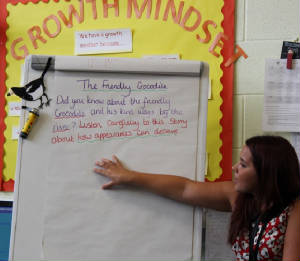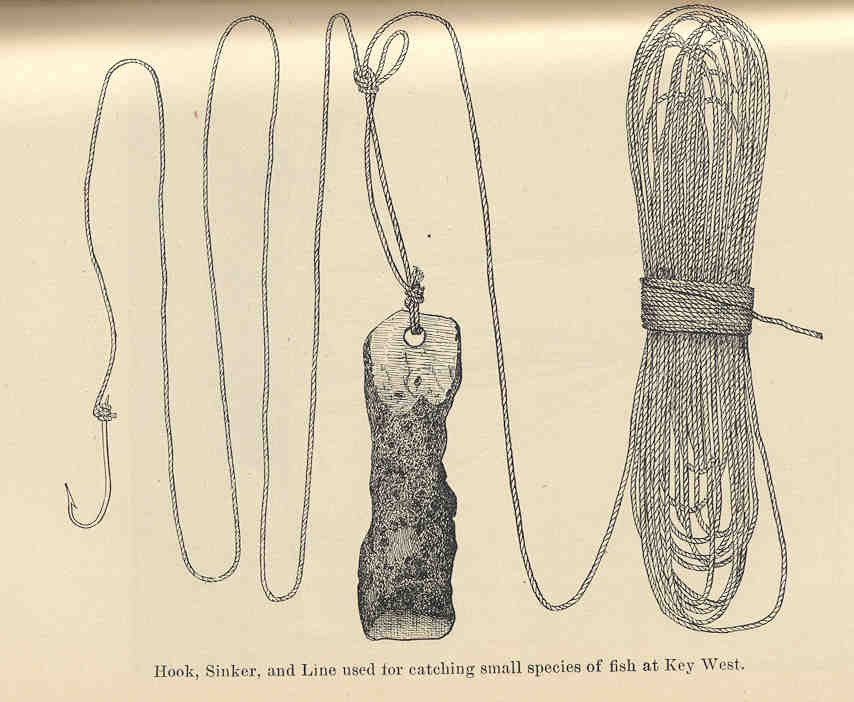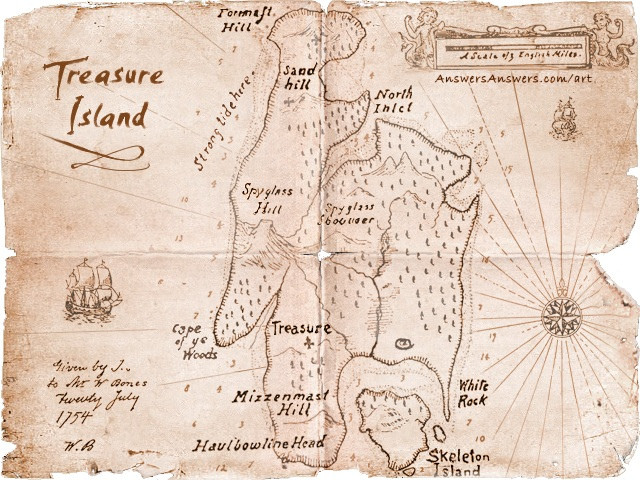In this two-page document written by Pie Corbett, Pie explains how it can be useful for children to use writing toolkits when constructing a narrative. Pie focuses on using writing toolkits in these areas: 1. Characterisation and dialogue; 2. Description – people, places, objects, creatures; 3. Dilemma – suspense and action; and 4. Crafting the opening and ending.
Story reading into writing
In this document Pie Corbett explains the concept of reading as a writer and the processes involved in teaching children to understand and use different styles of writing. The document also includes toolkits for use in class.
The 3 ‘eyes’: innovation
These files contain guidance on teaching the three stages of the Talk for Writing process (Imitation, Innovation and Invention/Independent Application) at the Foundation Stage. Each download is one-side of A4 that takes you through the key processes and key points at each stage.
The swallow and the wasp
This model text is a story called ‘The swallow and the wasp’ or ‘Why wasps can only whine’. Its underpinning storyline lends itself to creative innovation.
How to innovate on non-fiction documents
Once the children have become familiar with the original non-fiction model text, they are ready to move into the second phase, which involves using the original as a basis for creating something new – writing their own version. Pie Corbett outlines the approach in these notes. IMAGE: John Campbell [CC0], via Wikimedia Commons
Hook, line and sinker
Whether you’re after inside hooks, outside hooks, role play hooks or experience hooks, Talk for Writing trainer Jamie Thomas has it all covered and shares his hook ideas.
Independent writers
The aim of Talk for Writing is to grow independent writers. Here are some suggestions from Pie Corbett as to how this can be achieved in relation to narrative and non-fiction. He then looks at how such independence can be prepared for through the innovation stage of the Talk for Writing process.
Using Dr Who to boost literacy
In this blog, a teacher explains how they used the Dr Who examples given in Pie Corbett’s Talk for Writing Across the Curriculum book in their own class.











